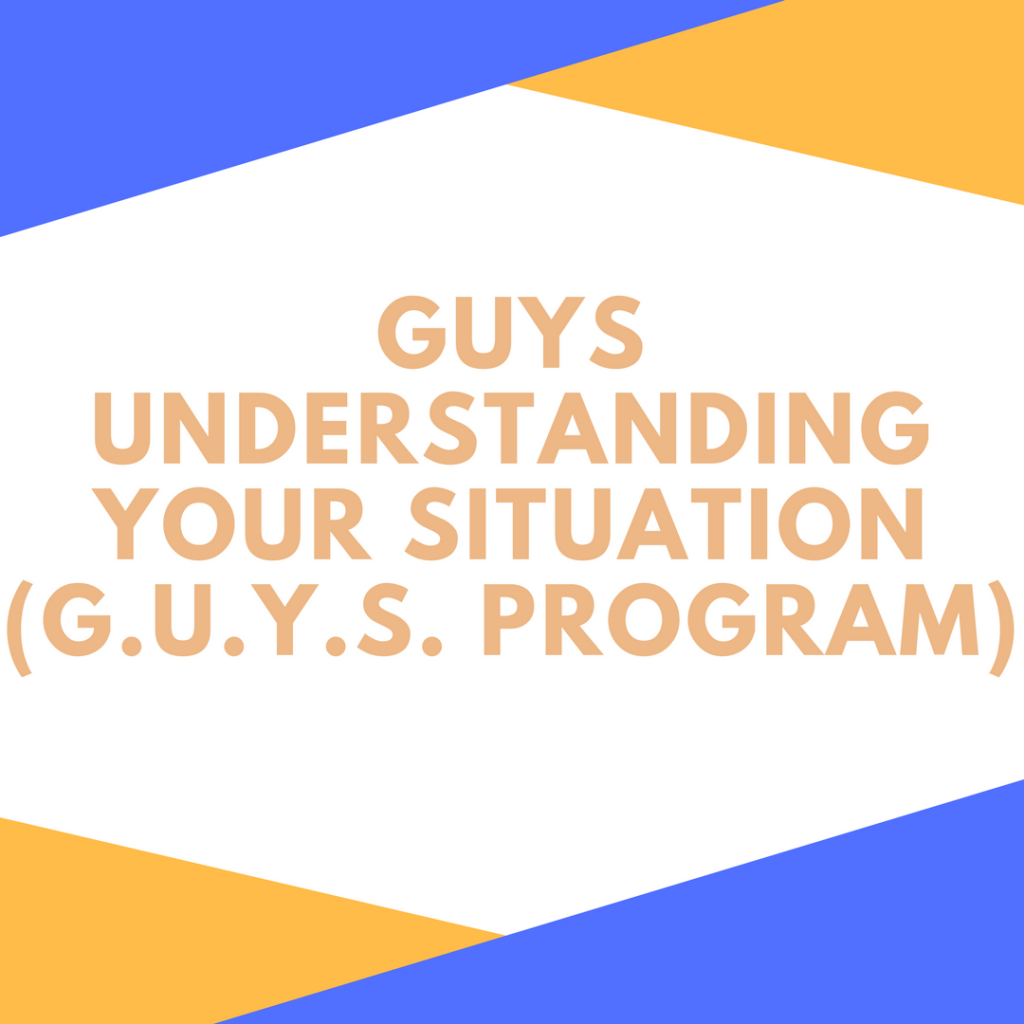
Interventions, Training Manuals, etc. :
- GUYS Skills Building Manual: Health Education and Risk Reduction Intervention
- [Download not found]
The G.U.Y.S. Program offers a multi-tier health education/risk reduction (HE/RR) intervention – utilizing both individual and group-level interventions – designed to reduce high-risk sexual and drug behaviors among homeless, substance-using gay men and non-gay identified men who have sex with other men, and with women, and with transgender women. Most specifically the intervention targets sexual risk behaviors that are most likely to occur while using methamphetamine, particularly unprotected anal intercourse, as well as exchange sex risks and injection drug risks.
The program consists of a comprehensive, culturally appropriate, continuum of services that includes outreach, individual-level interventions (ILI), skills building group-level interventions (GLI) and art support GLIs. Follow-up ILI assessments are conducted at 30, 60 and 90 days. Face-to-face street outreach is conducted in identified high-risk areas of Hollywood and West Hollywood and in the natural settings where homeless, substance-using men congregate. The program has successfully worked with these populations in highly charged sexual arenas and developed non-invasive outreach and intervention strategies for these venues, which vary based on the safety and atmosphere of each public or commercial sex environment. The skills building GLI component of the intervention serves to increase knowledge and awareness of HIV risk behaviors and develop skills to decrease HIV risk behaviors. Concurrently, the art support GLI component of the intervention serves to increase social support and self-esteem. Art is used as a harm reduction strategy by offering an opportunity for participants to closely identify their feelings and work towards understanding many of their high-risk behaviors. The art support GLI provides a space to cultivate their voice and express their experiences through art. Both the skills building GLI and art support GLI – working concomitantly with the outreach encounters and ILI – motivate ongoing and maintained HIV risk reductions and gear participants’ towards HIV testing to identify their HIV status and, finally, develop skills for disclosing HIV status.
